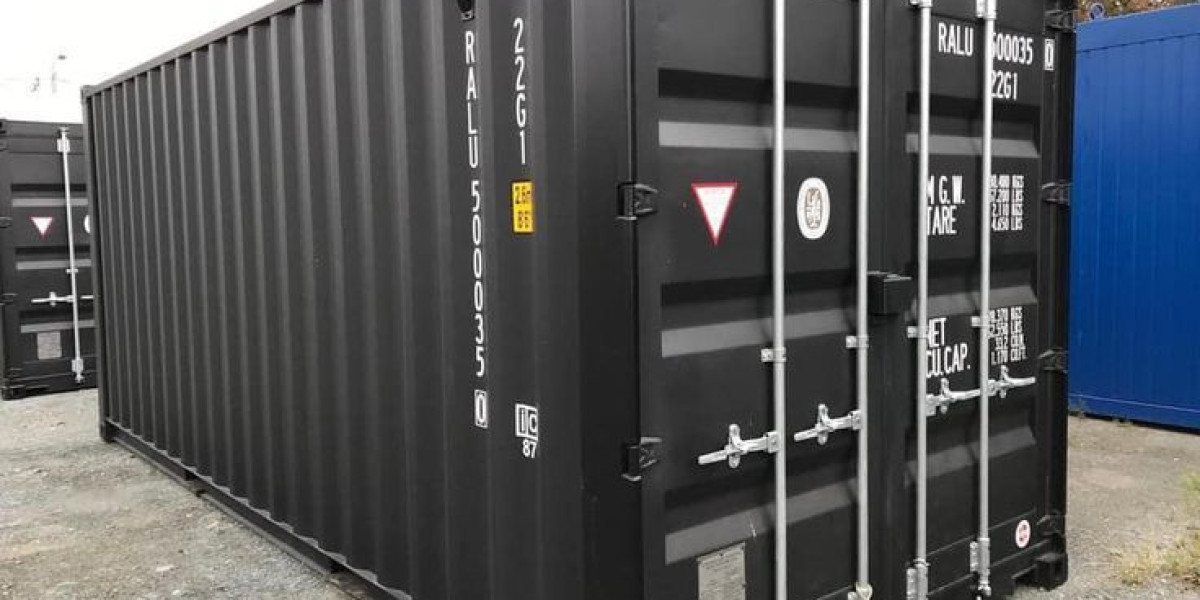Shipping containers have revolutionized global trade and storage, offering secure, standardized solutions for transporting goods across vast distances. Among the various types of containers available, ISO Shipping Containers and fabricated shipping containers stand out for their unique advantages. In this blog post, we will explore these two types of containers, discussing their features, benefits, and applications.
What Are ISO Shipping Containers?
ISO Shipping Containers are standardized containers designed according to the International Organization for Standardization (ISO) specifications. These containers are typically made from steel, providing a robust and durable solution for shipping and storage. The standardization ensures that these containers can be easily transported by various modes of transportation, including ships, trains, and trucks, without the need for any modifications.
Key Features of ISO Shipping Containers:
Standardized Dimensions: ISO containers come in standardized sizes, such as 20 feet, 40 feet, and 45 feet. This standardization allows for seamless stacking and transportation.
Durability: Constructed from high-quality steel, ISO containers are resistant to harsh weather conditions, corrosion, and physical damage, making them ideal for long-term use.
Versatility: These containers can be used for a wide range of applications, including shipping, storage, and even as building materials for modular structures.
Global Compatibility: Due to their standardized design, ISO containers are compatible with handling equipment worldwide, ensuring efficient and cost-effective logistics.
Benefits of Using ISO Shipping Containers
The standardized design of ISO Shipping Containers offers several benefits, including:
Cost-Effective Transportation: ISO containers are designed to be easily transported using various modes of transportation, reducing handling costs and transit time.
Secure Storage: The robust construction of these containers ensures that goods are protected from theft, damage, and environmental factors, making them a secure option for storage.
Environmental Impact: ISO containers are reusable and recyclable, contributing to sustainable practices in the shipping industry.
Flexibility: With the ability to be customized for various purposes, including converting into living spaces, offices, or pop-up shops, ISO containers offer unmatched flexibility.
Exploring Fabricated Shipping Containers
While ISO Shipping Containers provide a standardized solution, fabricated shipping containers offer a more customized approach. Fabricated containers are modified or built to meet specific requirements, catering to unique needs that standard ISO containers may not fulfill.
Key Features of Fabricated Shipping Containers:
Customization: Fabricated containers can be designed to specific dimensions, fitted with additional features like windows, doors, insulation, and ventilation, and tailored to meet particular needs.
Specialized Applications: These containers are often used in specialized industries, such as construction, mining, and military operations, where standard containers may not suffice.
Material Variability: Unlike ISO containers, which are primarily made from steel, fabricated containers can be constructed from various materials, depending on the intended use.
Enhanced Functionality: Fabricated containers can be equipped with specialized equipment, such as HVAC systems, plumbing, and electrical fittings, to support specific functions.
Advantages of Fabricated Shipping Containers
The flexibility of fabricated shipping containers allows for numerous advantages, including:
Tailored Solutions: Fabricated containers can be designed and built to match specific project requirements, offering a level of customization that standard containers cannot.
Versatile Applications: Whether used as mobile offices, workshops, or living quarters, fabricated containers can be adapted for various purposes, providing a versatile solution for businesses.
Improved Efficiency: By incorporating necessary features and equipment during the fabrication process, these containers can improve operational efficiency and reduce the need for additional modifications later on.
Enhanced Durability: Depending on the materials used, fabricated containers can offer enhanced durability and resistance to environmental factors, ensuring long-term use in demanding conditions.
Choosing Between ISO and Fabricated Shipping Containers
When deciding between ISO Shipping Container and fabricated shipping containers, it's essential to consider your specific needs. ISO containers are ideal for those seeking a standardized, cost-effective solution for shipping and storage. On the other hand, fabricated containers are the better choice for projects requiring customized designs and specialized features.
For businesses involved in logistics, construction, or specialized industries, understanding the differences between these two types of containers can help in making informed decisions that align with operational goals.
Final Thoughts
Both ISO Shipping Containers and fabricated shipping containers play a crucial role in the modern shipping and storage industry. While ISO containers offer a standardized, versatile solution, fabricated containers provide the customization needed for specialized applications. By selecting the right type of container based on your specific needs, you can ensure the efficient, secure, and cost-effective handling of your goods or projects. Whether you need a robust storage solution or a customized workspace, there's a container option that fits the bill.








